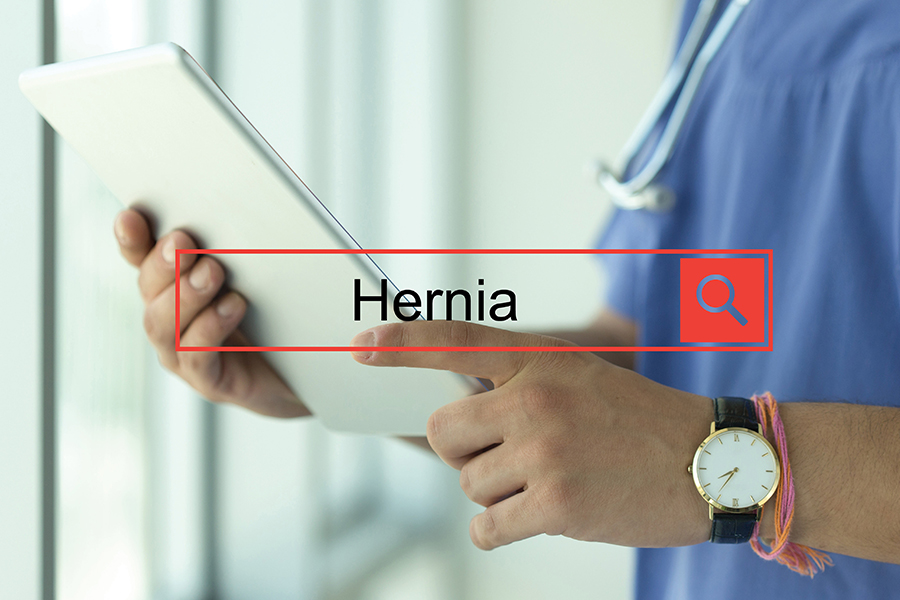- Home
- Robotic Knee Surgery
- General Surgery
- Orthopaedic
- Other Specialities
- About us
- Blogs
- Contact
24 Hours Accident, Trauma & Other Emergency Services . . .
Get Free Consultation
Causes of Epigastric Hernia
An epigastric hernia develops as a result of weak spots in the abdominal wall muscle or inadequate abdominal tissue closure during development. It is a condition that most people have from birth itself.
Epigastric hernias can be caused or exacerbated by various reasons leading to emergency surgery, which includes:
01.
Weight lifting
02.
Physical labor
03.
Intensive training or sports
04.
Coughing fits
05.
Obesity
06.
Pregnancy
Symptoms of Epigastric Hernia
The majority of people with epigastric hernias have no symptoms. Some people are completely ignorant that they have an epigastric pain throughout their childhood and youth.
Certain movements, such as straining, weeping, heavy lifting or having a bowel movement, might cause or intensify few symptoms like:

Weight lifting

Physical labor

Intensive training or sports

Coughing fits

Obesity

Pregnancy
Epigastric Hernia Treatment
An epigastric hernia can only be repaired through surgery. Due to the possibility of the hernia expanding and generating further difficulties and pain, it is the recommended epigastric hernia treatment, especially for infants.
Surgical repair can be done under general anaesthesia or local anaesthesia, depending on the patient's request and the surgeon's advice. Risk factor will also be taken into consideration.
Surgical Procedure
A laparoscope will be inserted through small incisions in the hernia. This is a narrow tube with a light that the surgeon uses to examine the abdominal organs and hernia. A second incision will be made for surgical instruments by the surgeon.
The hernia sac (the section of the tissue pushing out) will be moved to its original position by the surgeon. They will also help to strengthen the abdominal wall muscles.
The surgeon may stitch up the area causing muscular weakness if it is minor. Sutures are permanent stitches that prevent the hernia from pushing through again.
A patch of nylon mesh sewn in place to conceal the hole may be required for large areas of muscle weakness. For those who have previously refused alternative surgical implants, however, this may not be the best option.
The surgeon will remove the laparoscope and close the surgical incision after the hernia sac is in the proper position and the suture or mesh is in place.
To seal the wound, dissolvable stitches are widely utilized. The surgeon will then apply a waterproof dressing to the wound after hernia repair.
For effective management of epigastric hernias and other types of hernias, trust Kapadia Multispeciality Hospital in Mumbai. Our experienced surgical team offers comprehensive epigastric hernia treatment and surgery to ensure optimal outcomes. Schedule a consultation today to explore your options and take a step towards a healthier future with Kapadia Multispeciality Hospital.

